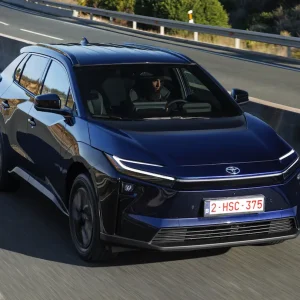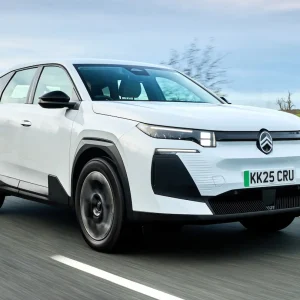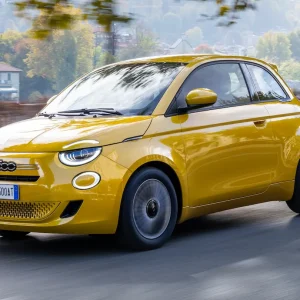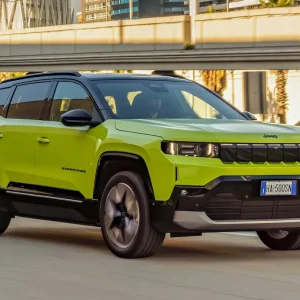Renault may have invented the mini-MPV segment back in 1996 with the first-generation Scenic, but now at the end of 2016 it’s trying to put a bit of distance between it’s fourth-generation Scenic and the rest of the market with a look that’s much nearer SUV and MPV.
The idea behind the styling is to give the new Scenic an advantage in a market that is at best flat. To that end, the new car now looks much more like an SUV – a sector that is enjoying growth. To the fleet market, this greater visual appeal, with a higher driving position and standard 20-inch alloy wheels across the range, should also result in greater demand in the used car market and an RV uplift.
Looks and styling are always subjective, but the Renault certainly stands out from a crowd in both five-seat regular variety and seven-seat Grand form. If fleet user-choosers are after a mini-MPV, then the Scenic will succeed in the first step of making the buyer pay attention.
However, the real sales clincher for MPVs of all sizes is the interior space and practicality – because that’s why drivers are in this market.

The good news for the Scenic is a claimed best-in-class boot space figure of 572 litres in the five-seater and 596 litres in the Grand Scenic in five-seat mode. Put in seven-seat layout and there’s a still very reasonable 233 litres of space – easily enough for a few squashy bags.
However, this boot space has come at a cost to passenger space, and in the Grand Scenic there’s less legroom than in some rival vehicles.
Both versions also lose points because the second row of seats, which in pervious versions was made of three individually adjustable seats, is now set up as two seats together and one single.
This may not seem a big change, but it means you can’t slide the centre seat forward on its own anymore – something that parents may have wanted to do to keep a young child more accessible to them in the front seats.

Equally, the centre seat can’t be folded to form a tray, or table, which other MPVs allow.
The dashboard uses the same large screen that’s found in the current Renault Megane and is easy to navigate and control. It also offers similar options to the Megane, such as driving modes that adjust what’s visible on the driver’s binnacle.
For example, switch to ‘sport’ and the controls go red and the rev counter becomes more prominent. Select ‘eco’ and everything turns green.
Interestingly, despite the large screen, mobile phone connectivity isn’t great. Yes, there are lots of USB sockets and Bluetooth, but Apple Carplay and the Android equivalent won’t be available until well after the car’s launch, and early cars won’t be retrospectively upgraded.

Under the bonnet the engine range remains broadly familiar, with fleets mostly likely to opt for the 1.5 or 1.6 diesel units that are powerful enough and quiet on the move. However, Renault has added a hybrid diesel to the mix. It uses the 110hp 1.5 turbo diesel but adds a motor to ‘torque fill’ for when the turbo hasn’t come on boost.
Unfortunately, while it is more economic than the regular diesel, there’s no tax advantage in the UK BIK system, so the higher price will mean it isn’t a particularly appealing version.
Alongside the styling advantage, Renault has also worked to make the new Scenic a better car to drive.
It’s achieved success with the Grand Scenic, which has little body roll and a good compromise on ride comfort, although the steering offers minimal feedback. The shorter, regular, Scenic, however, has a more harsh ride quality over less than perfectly smooth roads. It also tends to crash over speed bumps.
In isolation, the new Scenic is an appealing car, particularly with the new exterior design.
Unfortunately, Renault seems to have forgotten what MPV buyers really want, and that’s maximum interior practicality and a comfortable drive, plus not having the best phone connection set-up is a turn-off for many and could see drivers look elsewhere for their family car.
Renault Grand Scenic Signature dCi 160 auto |
| Model price range £19,795-£29,995* |
| Fuel consumption 60.1mpg |
| CO2 (BIK band) 122g/km (24%) |
| BIK 20/40% per month £120/£240* |
| Warranty 3yrs/60,000mls |
| Boot space (min/max) 233/1750 litres* |
| Engine size/power 1600cc/160hp |
| * estimate |





